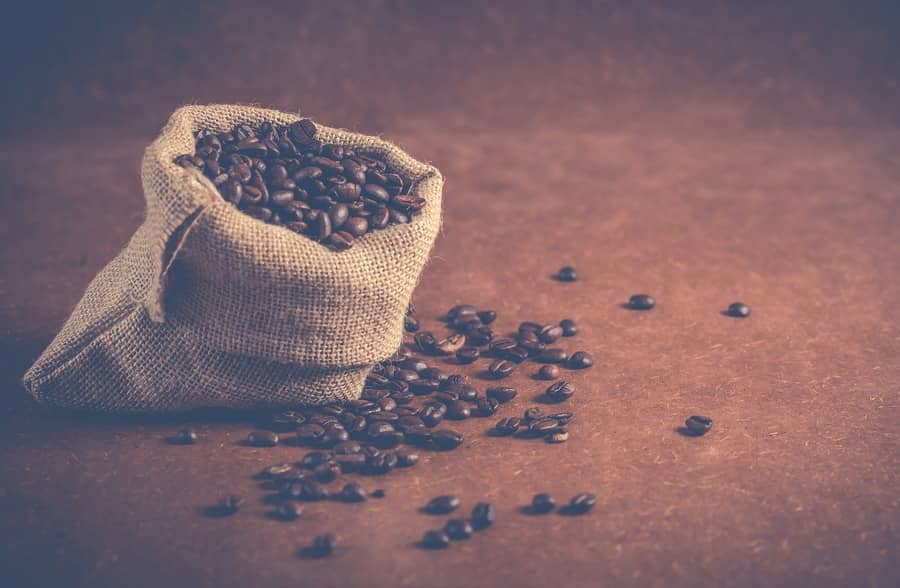ICE coffee continues with an inverted spread between maturities due to expectation of a better future supply
The coffee market remains busy and quite volatile. Financial vulnerability and fears about the supply of robusta coffee guide price movements. In general terms, arabica coffee at the NY terminal finds some support from the hike in oil prices and appreciation of robusta in London. However, it continues to show weakness in sustaining gains in the face of a global industry that remains cautious, as well as from more positive signs from the next Brazilian crop. This tends to limit bullish movements and reinforces the idea of a slowdown, with the ICE US price curve gradually moving away from the tops. It is worth remembering that coffee already operated above 200 cents at the end of last year, and at the beginning of 2024 it was unable to sustain itself above 195 cents and now is trading below 190 cents. The market lacks some stronger fundamental support for a more consistent bullish shift.
Although volatility may persist in the short term, based especially on the conservative positioning of funds, which seek protection in commodities due to financial uncertainties and fears surrounding the escalation of conflicts in the Middle East and Europe, the medium- and long-term drivers must be linked to fundamentals. In the case of coffee, the main fundamental determinant is the size of the next Brazilian crop. The idea is that Brazil’s 2024 crop will be larger than that reaped in 2023, with a recovery in conillon production and a new increase in arabica. Of course, this indicates future negative pressure on prices. It is not by chance that the spread between coffee maturities on the NY exchange is inverted, signaling the expectation of a future improvement in supply.
In the case of robusta, the scenario is for greater tightening in the short term, which should continue supporting prices and affecting the NY/London arbitrage. In addition to the frustration with Vietnam’s crop and the logistical problems in the Suez Canal, the downward revision in Brazil’s conillon crop also makes up this picture. In any case, the market has already accumulated strong appreciation, returning to be close to the so-called technical trigger for the industry’s exchange between arabica and robusta coffees. The future signal for the price curve is also negative, given the expectation of greater production in Indonesia and Brazil, which begin reaping between April and May. It is also natural to consider a return to normal scenario in Vietnam’s production, after two consecutive years of frustrated crops, as well as expect the production of the main robusta origin to stay at 30 to 31 mln bags, well above the current 27 mln bags. Like arabica in NY, the curve between robusta maturities in London is also inverted, signaling the expectation of future improvement in supply. This behavior makes it difficult to carry positions and generates distortions between the spot market and future indications.

